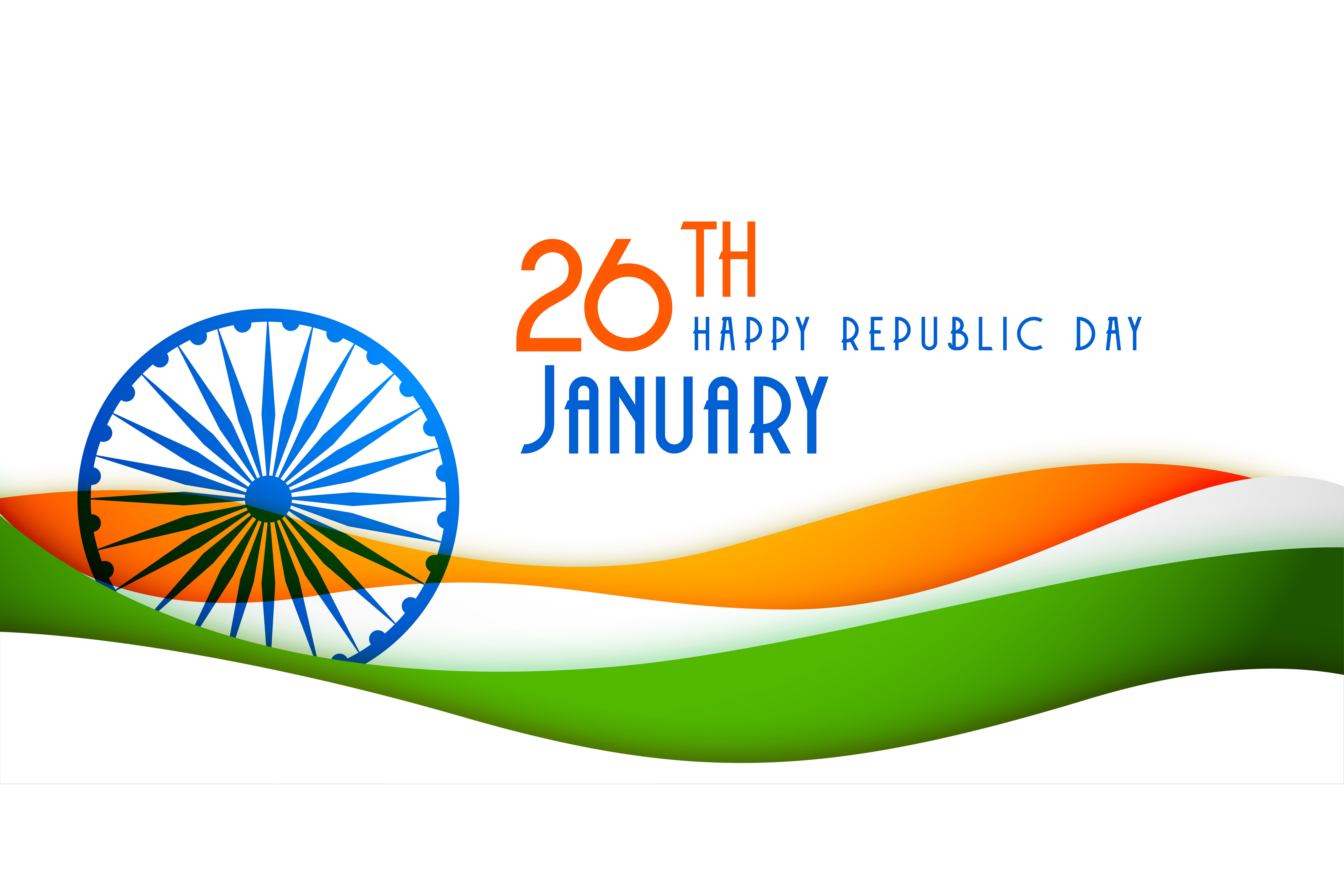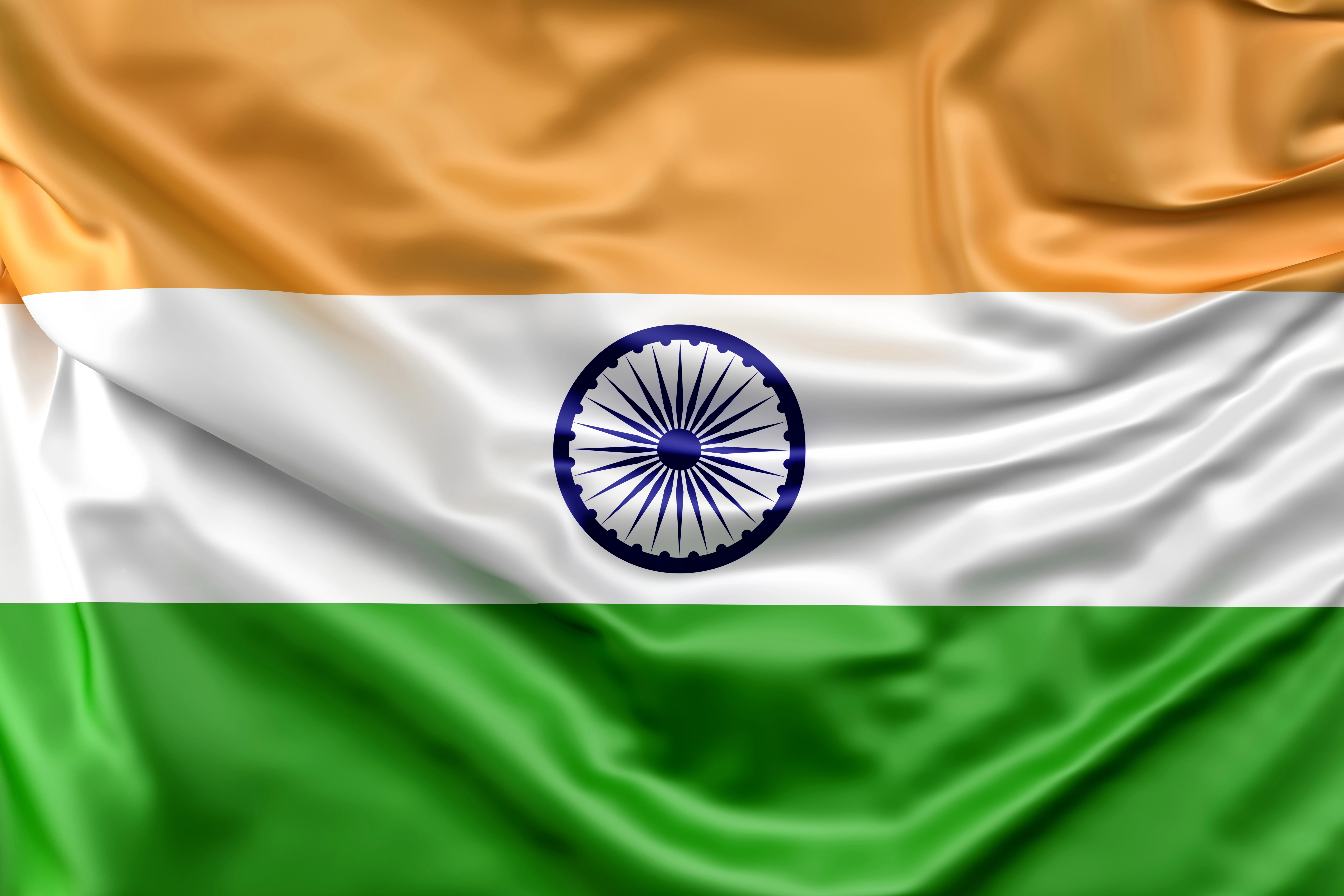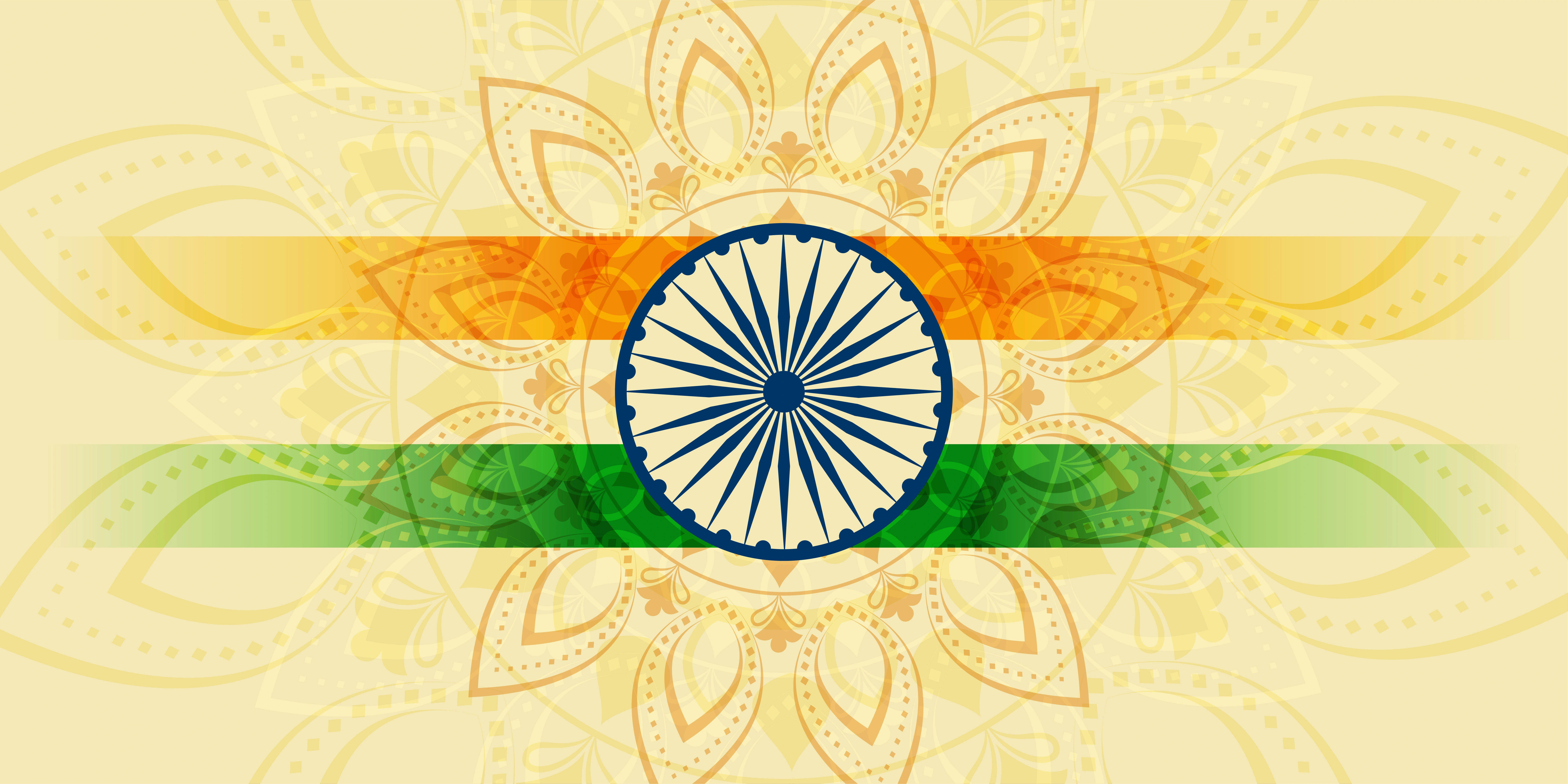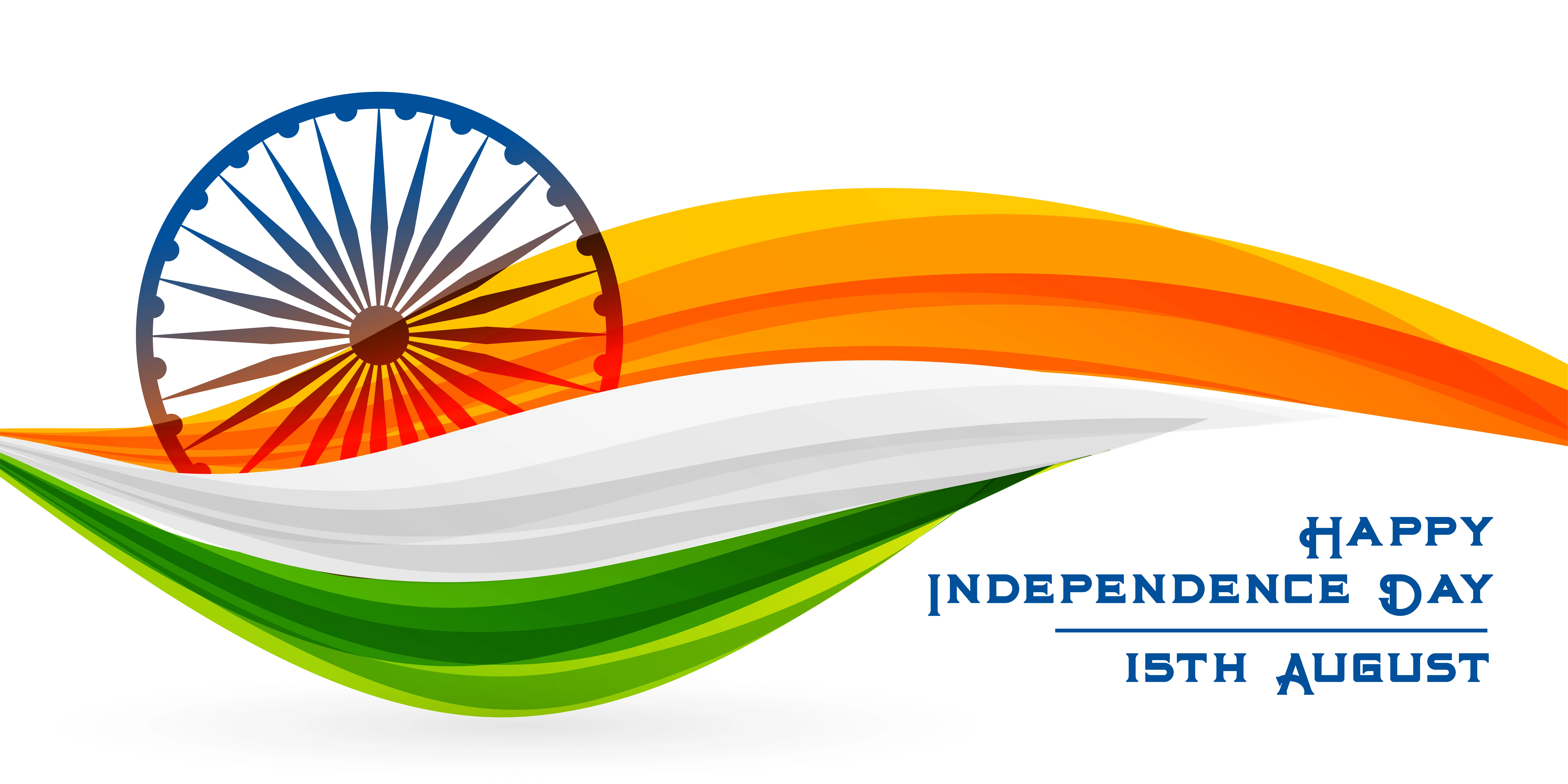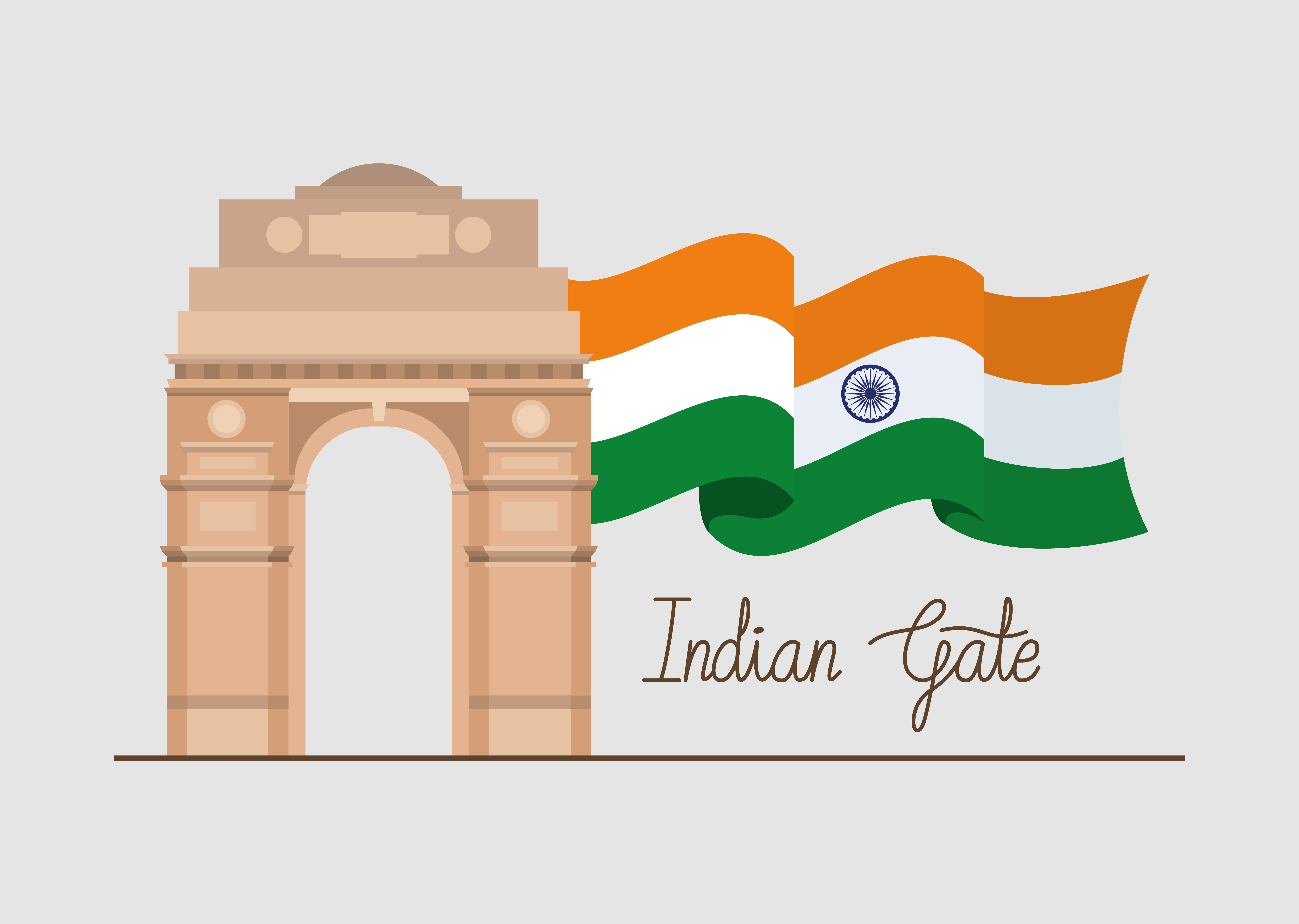
The India Gate, located in the heart of New Delhi, is one
of India’s most iconic national monuments.
Designed by Sir Edwin Lutyens and inaugurated in 1931, it stands as a
memorial to over 70,000 Indian soldiers who died fighting for the British
Army during World War I.
Standing tall at 42 meters, India Gate is not just a symbol of loss, but
also one of pride and remembrance.
At its base burns the Amar Jawan Jyoti, the eternal flame
that honors unknown soldiers. Every Republic Day, the Prime Minister lays a
wreath here in solemn tribute.
India Gate attracts millions of visitors every year, not just for its
historical significance but for the emotion it evokes.
It’s a place of peace, strength, and reflection — reminding us that freedom
was earned, not given.
